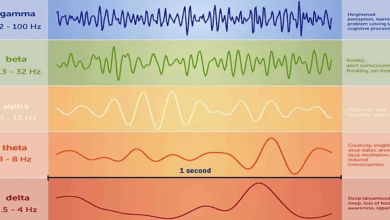The Art of Fine Jewellery: A Celebration of Craftsmanship

Jewellery has been revered for centuries as a symbol of wealth, status, and beauty. Every piece of jewellery is a masterpiece, crafted with precision by skilled artisans who understand the art of jewellery making. This article will explore the world of fine jewellery, its rich history, and the craftsmanship behind each piece exclusively.
A Brief History
Fine jewellery has existed for thousands of years, with evidence of its use dating back to ancient civilisations such as the Egyptians and the Greeks. The Egyptians, in particular, were known for their elaborate use of jewellery, which included gold necklaces, bracelets, and earrings adorned with precious gemstones.
During the Renaissance, jewellery became more intricate, with artisans incorporating ornate designs and intricate details. This period saw the emergence of the diamond trade, which brought diamonds to Europe from India and made them a popular choice for jewellery.
In the 20th century, it shifted towards more modern and contemporary delicate jewellery styles. This period also saw the rise of famous jewellers.
The Craftsmanship
It is an art form that requires precision, skill, and a keen eye for detail. Each piece of jewellery is crafted by hand, with the artisan carefully selecting the materials and gemstones for the design.
Making jewellery begins with the design phase, where the artisan creates a sketch or a computer-aided design (CAD) model of the piece. Once the design has been finalised, the artisan begins creating a wax or metal model of the work.
Next, the gemstones are carefully selected and set into the piece using techniques such as prong setting, bezel setting, or channel setting. The final step involves polishing and finishing the piece, which gives it its shine and lustre.
The Importance of Materials in Jewellery
Materials play a crucial role in creating jewellery. The use of precious metals such as gold, platinum, and silver is every day in jewellery, as these materials are durable, malleable, and resistant to tarnishing. In addition to precious metals, these jewellery pieces also incorporate a variety of gemstones such as diamonds, emeralds, rubies, and sapphires. The value of a gem is determined by its rarity, clarity, cut, and colour.
The Role of Technology in Jewellery
Technology has played an essential role in the evolution of jewellery. Computer-aided design software has made it easier for artisans to create and refine their designs. In contrast, laser cutting and engraving have made it possible to create intricate and detailed designs. 3D printing has also revolutionised the jewellery world, allowing artisans to create clear wax or metal models of their designs quickly and efficiently.
The Ethics
As the demand for jewellery continues to grow, there is an increasing focus on the industry’s ethics. Many consumers are now seeking out ethically sourced gemstones and metals, and a growing movement is toward sustainable and environmentally friendly practices. In response, many jewellers are now adopting ethical sourcing policies and using recycled metals and gemstones in their designs.
The Significance of Jewellery
Jewellery has always been more than just adornment. It has cultural, historical, and emotional significance and is often passed down to generations as a symbol of family heritage.
Thus, fine jewellery is also associated with special occasions such as weddings, birthdays, and anniversaries and is often given as a gift to mark these momentous events. Jewellery can remind us of significant milestones in a person’s life and is often cherished and treasured for years to come. Its enduring beauty and timeless elegance make it a symbol of love, commitment, and celebration, and it will continue to hold a unique and special place in people’s hearts worldwide.




